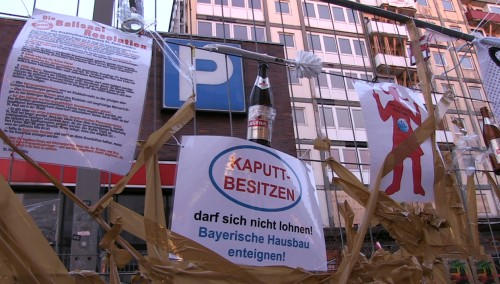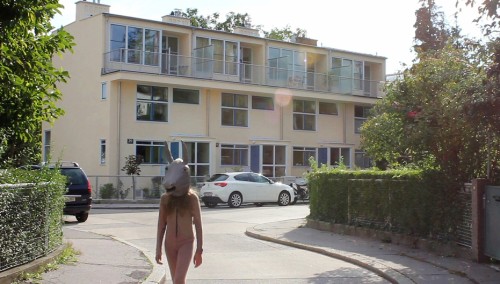Architecture and Society 2015
At the beginning of housing, there was the “primitive hut”, a roof made of branches and leaves – the oldest shelter proven to be made by human hands, dated about 400,000 years before Christ. As a refuge and primeval architecture at once, it stands for the primal human need for protection and individual creative expression. The German philosopher Martin Heidegger already considered housing as the human being’s mode of being on earth per se.
Like food and clothing, housing is one of the indispensable basic needs. In the summer of 1919, Art. 155 of the Weimar Constitution first formulated the state goal of securing “a healthy residence for every German”. The claim to suitable living space was anchored in Art. 25 (1) of the UN Charter of the General Declaration of Human Rights from 1948, as well as in the European Social Charter of 1961. According to this, state authorities are obligated to ensure the availability of suitable living space as far as possible.
A survey by the British daily newspaper The Guardian in 2014 shows, however, that in Europe roughly eleven million residences – 3.4 million just in Spain alone – are vacant, while there are estimated to be 4.1. million homeless people. The ongoing economic crisis continues to make living space a popular object for speculation and investment. More and more often, citizens’ initiatives therefore campaign for the implementation of the right to housing, and sometimes they are even successful, for instance in preventing the sale of public housing to private investors.
This is the background of the films assembled in this year’s program section “Architecture and Society” under the title “Gimme Shelter!” – Right to Housing, four documentaries and one short film. The award-winning Swiss filmmaker Fernand Melgar takes an unsparing look at the homeless in his home country in his current documentary film The Shelter. Due to the limited number of beds, dramatic scenes take place every evening in the winter in front of a homeless shelter in Lausanne. In Those Who Go With Me the young Spanish filmmaker Amparo Mejías accompanies evicted women who, as victims of the economic crisis, occupy a vacant residential building with their families and have to fight for their right to suitable housing every day. The residents of the ESSO-Buildings in Hamburg also fight to preserve their residential block, which is in the way for an investor, in the longterm documentation Buy buy St. Pauli by Irene Bude, Olaf Sobczak and Steffen Jörg. In the short film The Superunit the Polish filmmaker Teresa Czepiec portrays life in a gigantic residential machine, while Heidrun Holzfeind’s Forms in Relation to Life centers around the well known Werkbund housing estate in Vienna. In this film the Austrian director investigates the relationship of the residents to this icon of architectural modernism under historical monument protection.





